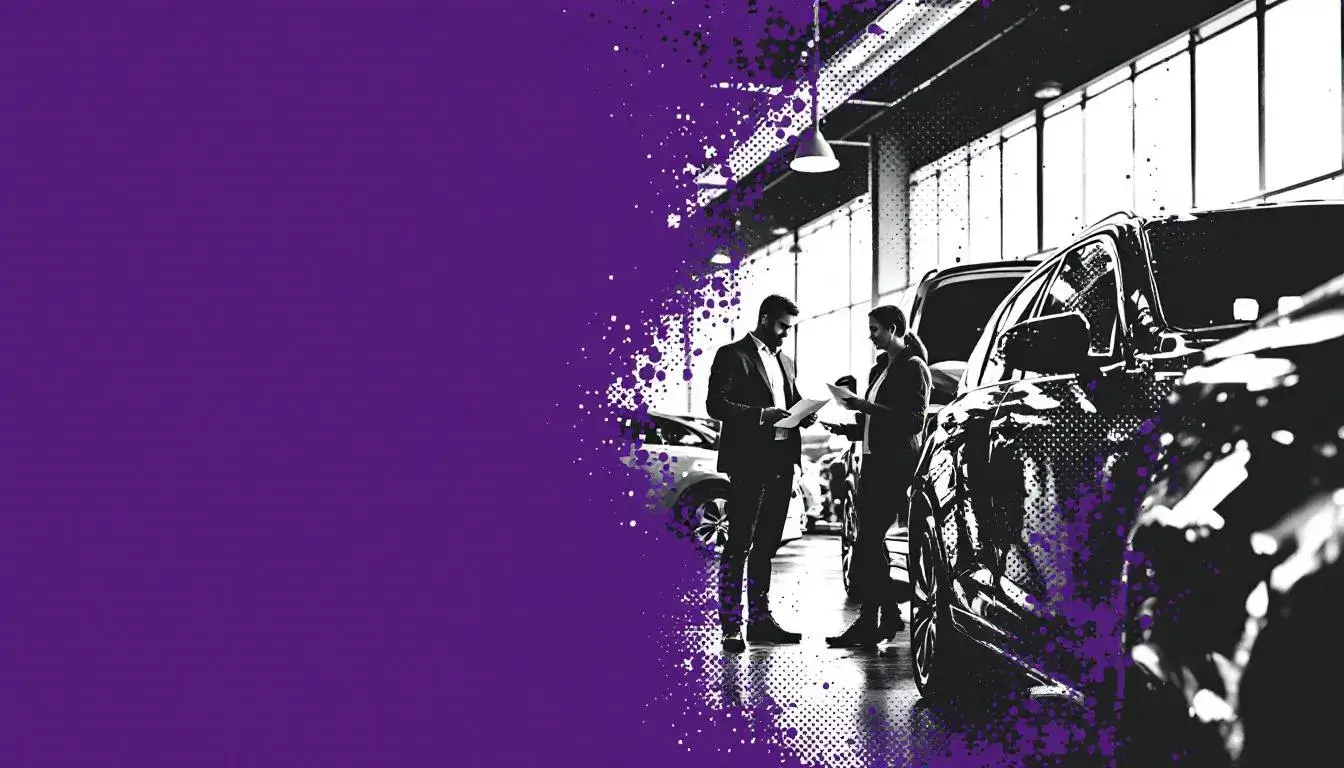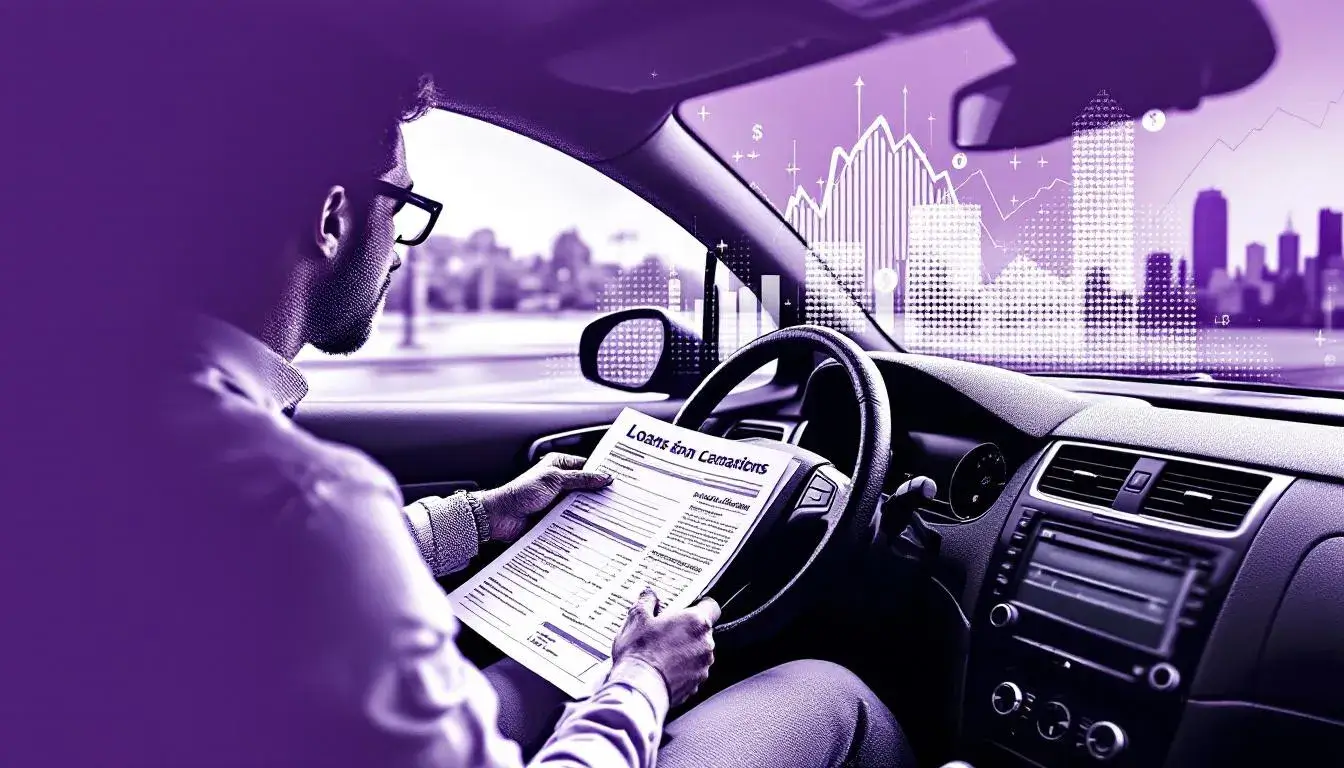
Barclays Homeowner Loan: What You Need to Know

Barclays Homeowner Loan: An In-Depth Look
A homeowner loan from Barclays allows UK homeowners to access larger sums of money by borrowing against the equity in their property. This secured lending option can enable substantial borrowing at potentially lower rates, but it also carries significant risks. Here’s what you need to know before proceeding.
Who Should Consider a Barclays Homeowner Loan?
If you own a property in the UK and require a significant loan—perhaps for home improvements, consolidating debts, or major purchases—a Barclays homeowner loan might be suitable. This type of loan is best for those confident in their ability to meet regular repayments and who understand the implications of using their home as security.
Key Concepts, Basics, and Terminology
A homeowner loan is sometimes called a secured loan or second charge mortgage. With Barclays, this means:
Secured Loan: The loan is secured against your property, typically your main residence.
Equity: The value of your home minus any outstanding mortgage balances. The more equity you have, the larger the potential loan.
APR (Annual Percentage Rate): The overall yearly cost of borrowing, including interest and fees, expressed as a percentage.
Fixed vs Variable Rates: Some loans offer a fixed interest rate for a set period, while others track a variable rate, which can change during the loan term.
Repayment Term: Homeowner loans can stretch from five to 25 years, affecting monthly payments and total interest paid.
Understanding these terms will help you compare products and make informed decisions.
Barclays Homeowner Loan: Options and Features
Barclays offers several options for homeowners considering a secured loan:
Loan Amount: Typically from £5,000 up to £100,000 or more, depending on equity, income, and credit rating.
Purpose: Use cases can include home improvements, debt consolidation, or large one-off expenses.
Interest Rates: Rates depend on your credit profile and the value of your property. Expect rates to be lower than unsecured personal loans but higher than your main mortgage.
Repayment Period: Choose from various terms, balancing lower monthly payments with higher total interest over longer periods.
Early Repayment: Check if early repayment charges apply, as these can affect your ability to pay off the loan sooner.
Barclays also offers flexibility on loan structures, with advice tailored to your needs.
Costs, Impact, Returns, and Risks
Interest and Fees: Secured loans usually offer lower interest rates than unsecured loans, but total costs can be higher due to longer repayment periods and arrangement fees.
Impact on Home: Failing to keep up with repayments risks repossession of your property.
Credit Score: Successive timely payments can boost your credit score, while missed payments can damage it significantly.
Debt Consolidation: While consolidating debts can reduce monthly outgoings, you may end up paying more interest overall.
“Remember: Secured borrowing always involves risking your property. Weigh the benefits and risks carefully.”
Eligibility, Requirements, and Conditions
To apply for a Barclays homeowner loan, you’ll generally need to:
Be a UK resident aged 18 or over
Own a property in the UK (with sufficient equity)
Have a good credit history and stable income
Meet Barclays’ affordability and eligibility criteria
Be prepared to provide documentation on income, debts, and property value
Barclays will conduct a full credit check and affordability assessment as part of the application process.
How It Works: Step-by-Step
Assess your borrowing needs and equity
Check your credit score and eligibility
Get a personalised quote from Barclays
Submit a formal application with documentation
Receive a property valuation (if required)
Barclays reviews and approves your application
Sign the loan agreement
Receive funds, typically within a few weeks
Pros & Cons to Consider
Pros:
Access to larger loan amounts
Lower interest rates than unsecured borrowing
Flexible repayment terms
Can improve your home or consolidate debts
Cons:
Your home is at risk if you default
May incur higher total interest over long terms
Arrangement and early repayment fees
Not suitable for short-term borrowing
Balance the need for funds with the long-term commitment and risks.
Before You Decide: What to Watch Out For
Risks to Your Home: The most significant risk is losing your property if you can’t keep up repayments. Consider if your financial situation could change.
Long-Term Costs: Lower monthly payments may look attractive, but stretching repayments over many years increases total interest paid.
Fees and Penalties: Understand all charges, including arrangement, valuation, and early repayment fees.
Loan Purpose: Avoid using secured loans for everyday spending or depreciating purchases.
Alternative Borrowing: Compare rates and terms with personal loans, remortgaging, or credit cards.
Alternatives to Barclays Homeowner Loans
Personal Loans: Unsecured, usually lower amounts, no risk to your home
Remortgaging: Switch your main mortgage to release equity, sometimes at lower rates
Credit Cards: For smaller, shorter-term borrowing needs
Guarantor Loans: Borrow with a guarantor if you lack equity or have poor credit
Government Schemes: For home improvements, check if grants or low-interest loans are available in your area
Consider which option fits your circumstances and long-term plans.
Frequently Asked Questions
1. How quickly can I get a Barclays homeowner loan?
Typically, the process takes two to four weeks, depending on valuation and paperwork.
2. Can I borrow if I have a poor credit history?
Barclays will consider your application, but rates may be higher or your application declined if your credit is weak.
3. Is early repayment allowed?
Usually yes, but check for early repayment charges, which may apply if you pay off the loan ahead of term.
4. Can I use the loan for any purpose?
Generally yes, though some uses (like buying investment property) may be excluded. Check Barclays’ terms.
5. What happens if I move house?
You’ll typically need to repay the loan in full when you sell your home.
6. Are there alternatives to secured homeowner loans?
Yes; remortgaging, personal loans, and credit cards are all options depending on your needs and eligibility.
Next Steps
Before applying for a Barclays homeowner loan, carefully assess your financial circumstances. Compare options, check eligibility, and use online calculators to estimate repayments. Seek independent financial advice if unsure. Always read the terms and conditions before signing any agreement.
Disclaimer
This article provides general information only and does not constitute financial advice. Please consult a qualified advisor or Barclays directly to discuss your individual circumstances and the suitability of any financial products.
Buy now, pay monthly
Some of our incredible partners
Our partners have consistently achieved outstanding results. The numbers speak volumes. Be one of them!


Stove and Chimney

Dr Deniz Kanliada Pause Clinic Ltd










